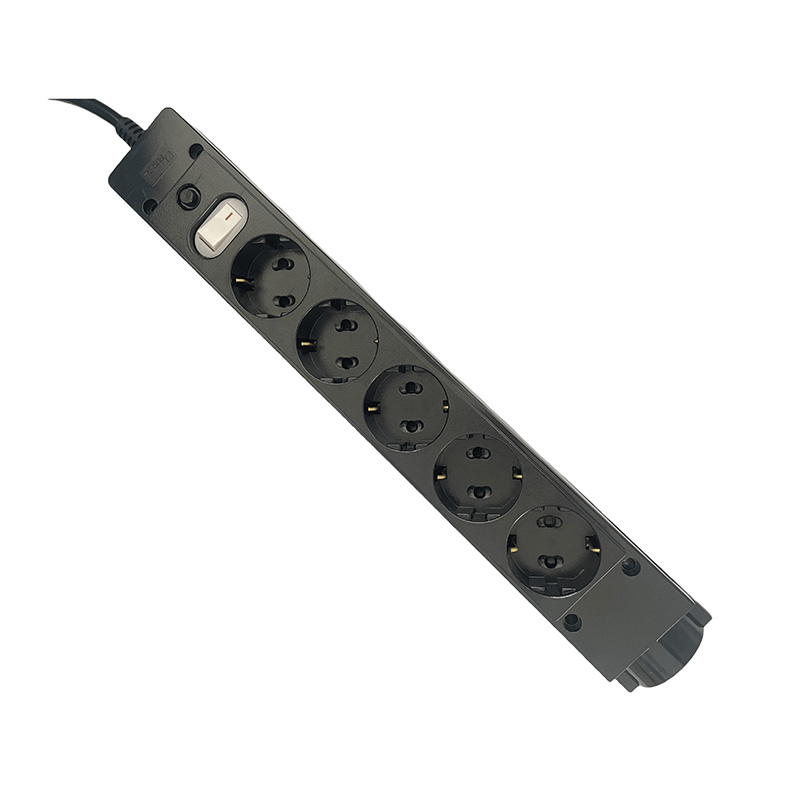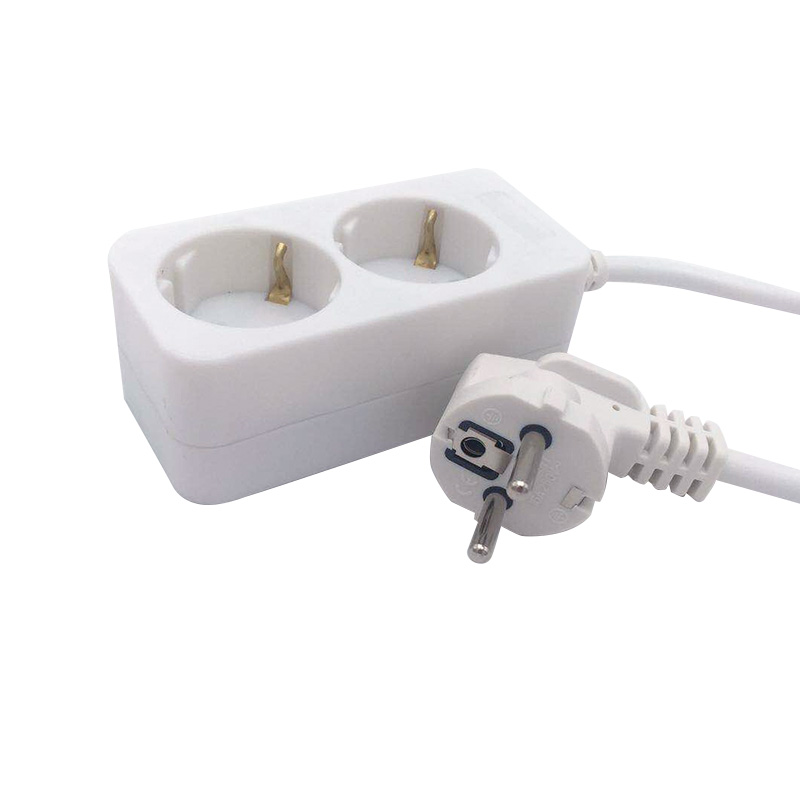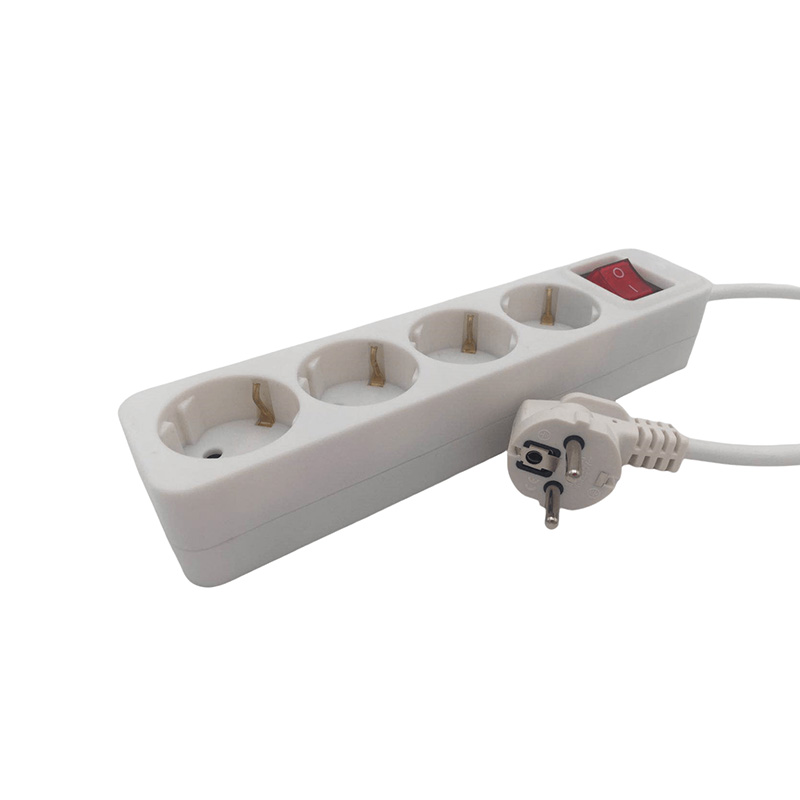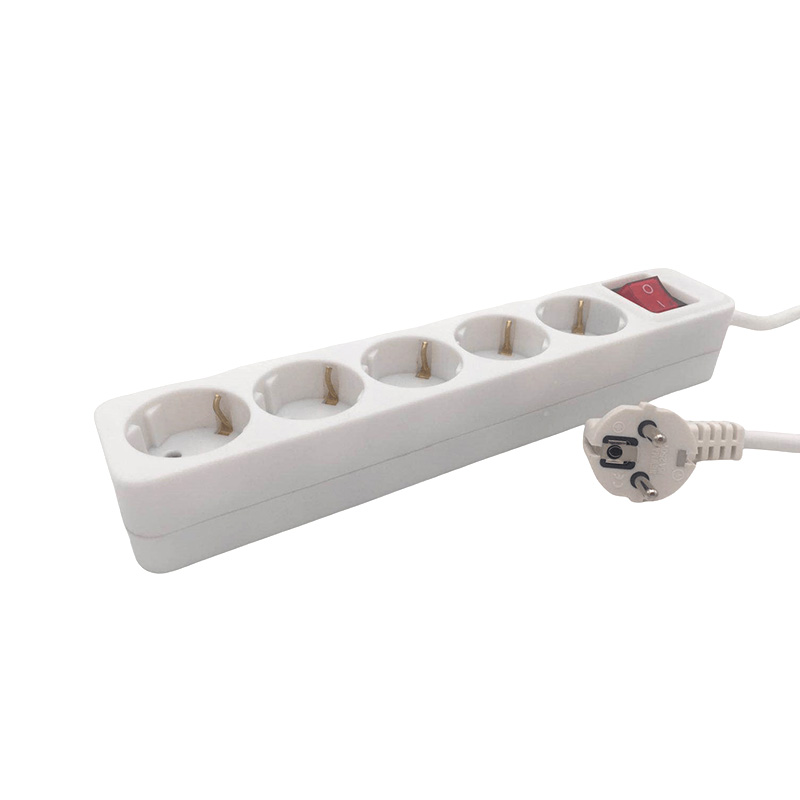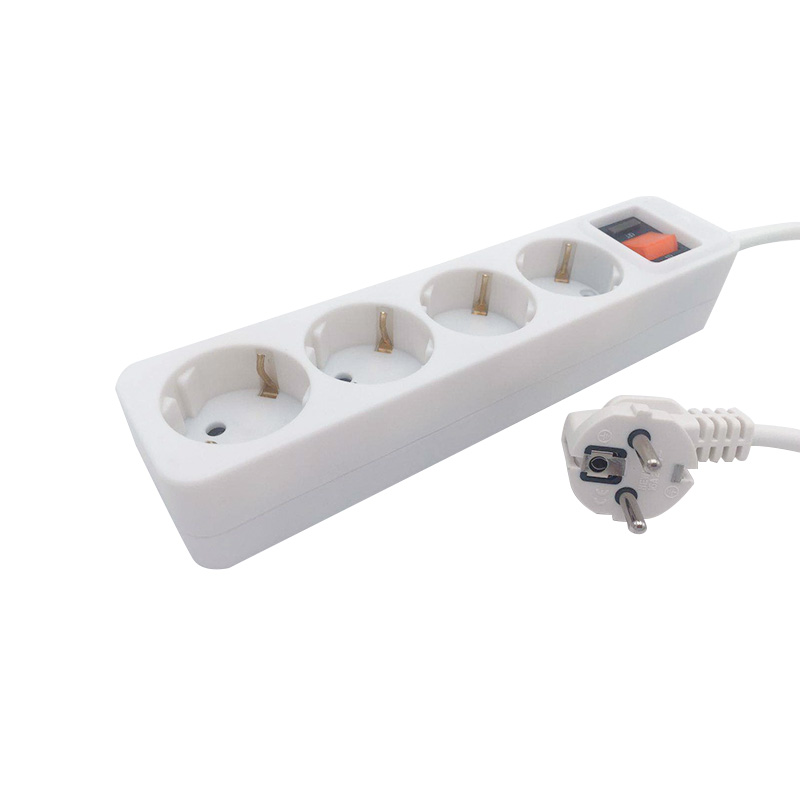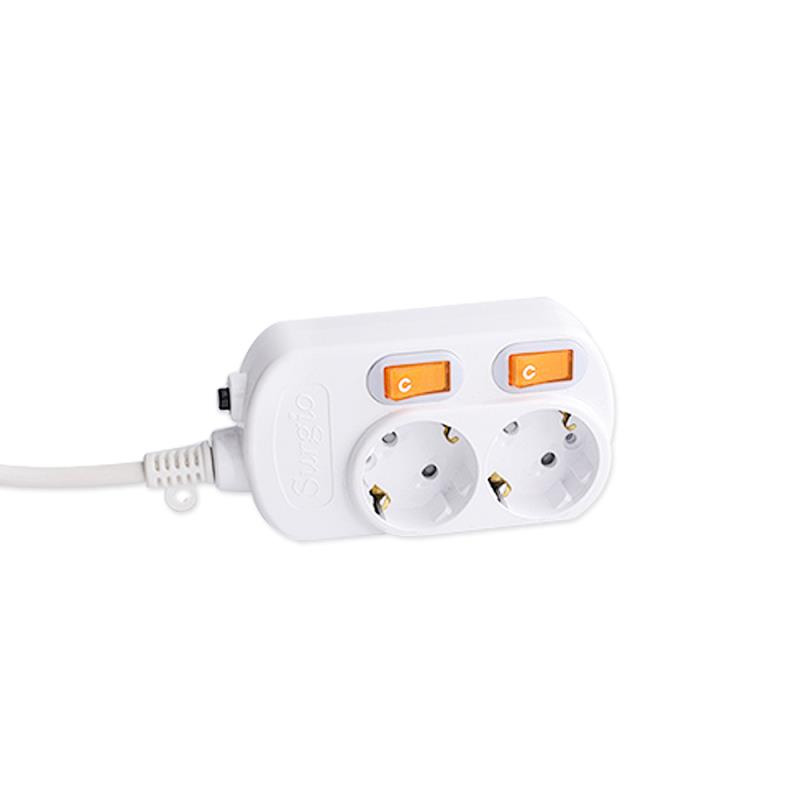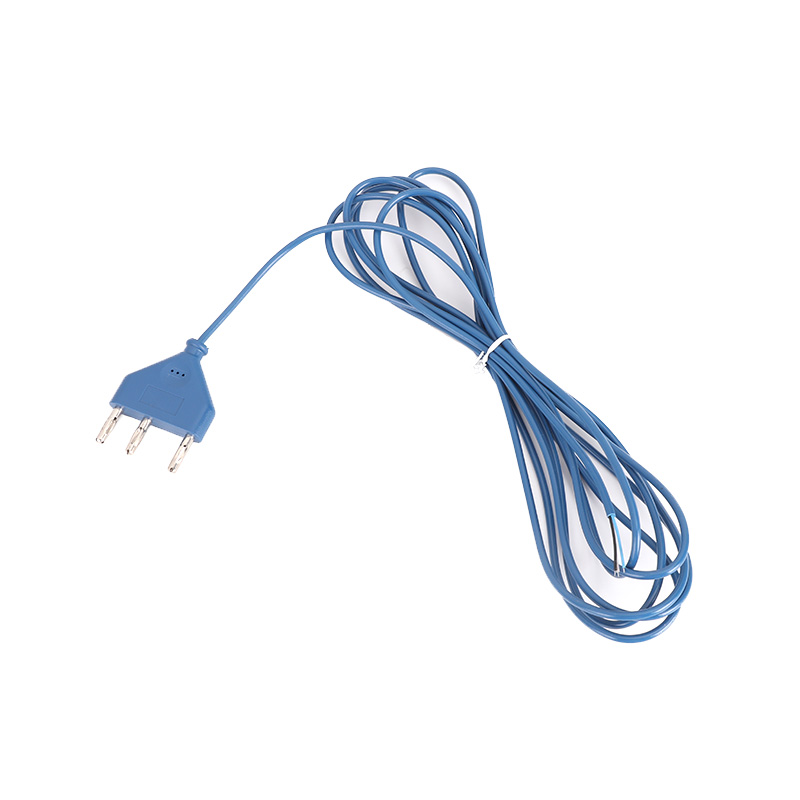Submit feedback
What is the difference between a pc material power strip and a power bar?
 2025.08.01
2025.08.01
 Industry News
Industry News
The difference between a PC material power strip and a power bar primarily lies in the materials used and sometimes in the terminology, which can vary depending on the region and context. While both devices serve a similar purpose—extending the number of electrical outlets from a single wall socket—there are subtle distinctions in construction, durability, safety, and intended use. Let’s explore these differences in detail.
---
1. Basic Definitions
PC Material Power Strip:
This is a power strip made using polycarbonate (PC) material for its housing. Polycarbonate is a high-performance plastic known for being strong, impact-resistant, flame-retardant, and durable. The term "PC material" refers specifically to the casing or outer shell of the power strip, which enhances its overall safety and quality.
Power Bar:
A power bar is a general term for a device that provides multiple outlets from one plug-in source. It is another name for a power strip, and in some countries like Canada or parts of Europe, “power bar” is the more commonly used term. Power bars can be made from various materials, including ABS plastic, PC, or a mix of both. The term does not specify the type of material used.
---
2. Material Difference: PC vs. Other Plastics
PC (Polycarbonate):
High-temperature resistance (up to 135°C or more).
Excellent flame retardancy, reducing fire risks.
Superior impact strength, making it more resistant to drops or pressure.
More UV-resistant, so it won’t yellow or degrade easily over time.
Common in higher-end power strips meant for office, home theater, or industrial use.
Other Materials (e.g., ABS):
Less heat-resistant (often melts around 100°C).
May burn or warp more easily under overload.
Cheaper to manufacture, often used in low-cost power bars.
May lack certifications for flame resistance or safety in some cases.
So, a PC material power strip is more about the quality and safety of the device, while a power bar is a general name for the product, regardless of material.
---
3. Safety and Durability
PC Material Power Strip:
More suitable for long-term, heavy-duty use.
Often includes safety certifications such as UL, CE, or RoHS.
Less likely to melt or catch fire if overloaded.
Resists cracking and impact damage.
Generic Power Bar:
Quality varies depending on the manufacturer and materials.
May not have the same level of heat or fire resistance.
Can be prone to wear, yellowing, or breakage over time, especially if made with low-grade plastics.
---
4. Common Features
Both PC material power strips and standard power bars can include features such as:
Multiple AC outlets (3 to 12 or more).
USB charging ports.
Surge protection.
Overload switches or reset buttons.
Wall-mounting or desk-mounting options.
However, higher-end PC material strips may offer enhanced versions of these features, such as:
EMI/RFI filtering.
Smart energy-saving modes.
Reinforced plugs and internal copper wiring.
Higher joule ratings for surge protection.
---
5. Intended Use
PC Material Power Strip:
Ideal for electronics that require stable and safe power: computers, TVs, office equipment.
Often used in commercial, tech, or home office environments.
Suitable for areas with high electrical demands or long usage hours.
Power Bar (generic):
Suitable for light to medium loads like lamps, phone chargers, or kitchen appliances.
Popular in homes, schools, or temporary setups.
Lower-cost solution for basic extension needs.
---
6. Price and Availability
PC material power strips tend to cost more due to the quality of the casing and additional safety features.
Generic power bars are often cheaper and widely available, but their safety and durability depend on the materials used and brand reputation.
---
The main difference between a PC material power strip and a power bar lies in material quality and safety standards. A PC material power strip uses durable, heat- and flame-resistant polycarbonate plastic, making it safer and more reliable over time. A power bar is a more general term that refers to any multi-outlet extension, regardless of its build quality or materials.
When choosing between the two, it’s best to consider the application, expected load, and safety features. For long-term or heavy-duty use, especially around expensive electronics or in offices, a PC material power strip is the better and safer choice.

NEWMANY PROFILE
Hangzhou Newmany Electronics Co., Ltd. is a Sino foreign joint venture located on the picturesque banks of the Xin'an River. The company was established in 1989 and after nearly 30 years of hard work and struggle, it has now begun to take shape. The company has an organizational structure for its website, strong technical capabilities, and can independently develop various electronic product shapes, structural designs, and products with microcomputer control systems. The research and development center jointly established by the company and Zhejiang University of Science and Technology has been rated as the "Hangzhou Enterprise High tech Research and Development Center".
The plug, power strip, extension cord and converter products produced by the company comply with the national standards GB2099,1-1996, GB2099,3-1997, and GB1002-1996, with reliable performance.
 TOP
TOP
 ENG
ENG
 English
English русский
русский 한국어
한국어 Deutsch
Deutsch

